Affiliate links on Android Authority may earn us a commission. Learn more.
Google Pixel 4 and Pixel 4 XL vs the competition
After months of rumors and leaks, the Google Pixel 4 and Pixel 4 XL are finally official. If you’re familiar with 2019’s crop of smartphones, then Google’s latest pair of flagships won’t blow your socks off. That said, the company made improvements where it mattered most.
Of course, the Pixel 4 and Pixel 4 XL don’t live in a vacuum. In 2019, we’re almost spoiled for choice when it comes to powerful, flagship-level smartphones. Let’s see how Google’s flagships compare to the OnePlus 7T, HUAWEI Mate 30 Pro, and Samsung Galaxy Note 10 Plus in our specs comparison.
Google Pixel 4 vs Google Pixel 4 XL vs OnePlus 7T vs HUAWEI Mate 30 Pro vs Samsung Galaxy Note 10 Plus specs:
| Google Pixel 4 | Google Pixel 4 XL | OnePlus 7T | HUAWEI Mate 30 Pro | Samsung Galaxy Note 10 Plus | |
|---|---|---|---|---|---|
Display | Google Pixel 4 5.7-inch pOLED Smooth Display 2,280 x 1,080 444ppi 90Hz refresh rate 19:9 aspect ratio | Google Pixel 4 XL 6.3-inch pOLED Smooth Display 3,040 x 1,440 537ppi 90Hz refresh rate 19:9 aspect ratio | OnePlus 7T 6.55-inch Fluid AMOLED 2,400 x 1,080 402ppi 90Hz refresh rate 20:9 aspect ratio | HUAWEI Mate 30 Pro 6.53-inch OLED 2,400 x 1,176 409ppi 18.5:9 aspect ratio | Samsung Galaxy Note 10 Plus 6.8-inch Dynamic AMOLED 3,040 x 1,440 498ppi 19:9 aspect ratio |
Processor | Google Pixel 4 Qualcomm Snapdragon 855 Pixel Neural Core | Google Pixel 4 XL Qualcomm Snapdragon 855 Pixel Neural Core | OnePlus 7T Qualcomm Snapdragon 855 Plus | HUAWEI Mate 30 Pro HiSilicon Kirin 990 | Samsung Galaxy Note 10 Plus Global: Samsung Exynos 9825 US/China: Qualcomm Snapdragon 855 |
RAM | Google Pixel 4 6GB | Google Pixel 4 XL 6GB | OnePlus 7T 8GB | HUAWEI Mate 30 Pro 8GB | Samsung Galaxy Note 10 Plus 12GB |
Storage | Google Pixel 4 64/128GB | Google Pixel 4 XL 64/128GB | OnePlus 7T 128GB | HUAWEI Mate 30 Pro 128/256GB | Samsung Galaxy Note 10 Plus 256/512GB |
MicroSD | Google Pixel 4 No | Google Pixel 4 XL No | OnePlus 7T No | HUAWEI Mate 30 Pro No Nano Memory | Samsung Galaxy Note 10 Plus Yes |
Cameras | Google Pixel 4 Rear: Wide: 12.2MP Dual-Pixel, ƒ/1.7, 1.4μm, 77 degree FOV, OIS + EIS, PDAF Telephoto: 16MP, ƒ/2.4, 1.0μm, 52 degree FOV, OIS + EIS, PDAF Front: 8.1MP, ƒ/2.0, 1.22μm, 90 degree FOV | Google Pixel 4 XL Rear: Wide: 12.2MP Dual-Pixel, ƒ/1.7, 1.4μm, 77 degree FOV, OIS + EIS, PDAF Telephoto: 16MP, ƒ/2.4, 1.0μm, 52 degree FOV, OIS + EIS, PDAF Front: 8.1MP, ƒ/2.0, 1.22μm, 90 degree FOV | OnePlus 7T Rear: Wide: 48MP, f/1.6, OIS Ultra-wide: 16MP, f/2.2, 117-degree field-of-view Telephoto: 12MP, f/2.4, 2x zoom, OIS Front: 16MP, f/2.0, EIS | HUAWEI Mate 30 Pro Rear: Wide: 40MP, f/1.6, OIS Ultra-wide: 40MP, f/1.6 Telephoto: 8MP, f/2.4, 3x zoom, OIS 3D depth sensor Front: 32MP, f/2.0 | Samsung Galaxy Note 10 Plus Rear: Wide: 12MP, f/1.5 and f/2.4, OIS, Dual Pixel autofocus Ultra-wide: 16MP, f/2.2, 123-degree field-of-view Telephoto: 12MP, f/2.1, OIS Depth Vision: VGA, f/1.4, 72-degree field-of-view Front: 10MP, f/2.2, Dual Pixel autofocus |
Battery | Google Pixel 4 2,800mAh 18W fast charging Qi wireless charging | Google Pixel 4 XL 3,700mAh 18W fast charging Qi wireless charging | OnePlus 7T 3,800mAh Warp Charge 30T (5V, 6A) | HUAWEI Mate 30 Pro 4,500mAh 40W fast charging 27W wireless charging | Samsung Galaxy Note 10 Plus 4,300mAh 45W fast charging 15W wireless charging |
Audio | Google Pixel 4 Stereo speakers USB-C No headphone jack | Google Pixel 4 XL Stereo speakers USB-C No headphone jack | OnePlus 7T Stereo speakers USB-C No headphone jack | HUAWEI Mate 30 Pro Sound on Screen technology USB-C No headphone jack | Samsung Galaxy Note 10 Plus Stereo speakers USB-C No headphone jack |
IP rating | Google Pixel 4 IP68 | Google Pixel 4 XL IP68 | OnePlus 7T N/A/ | HUAWEI Mate 30 Pro IP68 | Samsung Galaxy Note 10 Plus IP68 |
Security | Google Pixel 4 Face unlock Titan M security module | Google Pixel 4 XL Face unlock Titan M security module | OnePlus 7T Face recognition Optical in-display fingerprint scanner | HUAWEI Mate 30 Pro Face unlock Optical in-display fingerprint scanner | Samsung Galaxy Note 10 Plus Face recognition Ultrasonic in-display fingerprint scanner |
Software | Google Pixel 4 Android 10 | Google Pixel 4 XL Android 10 | OnePlus 7T Android 10 OxygenOS 10 | HUAWEI Mate 30 Pro Android 10 EMUI 10 | Samsung Galaxy Note 10 Plus Android 9 Pie Samsung One UI |
Dimensions and weight | Google Pixel 4 147.1 x 68.6 x 8.2mm 162g | Google Pixel 4 XL 160.4 x 75.1 x 8.2mm 193g | OnePlus 7T 160.9 x 74.4 x 8.1mm 190g | HUAWEI Mate 30 Pro 158.1 x 73.1 x 8.8mm 198g | Samsung Galaxy Note 10 Plus 162.3 x 77.2 x 7.9mm 196g |
Display
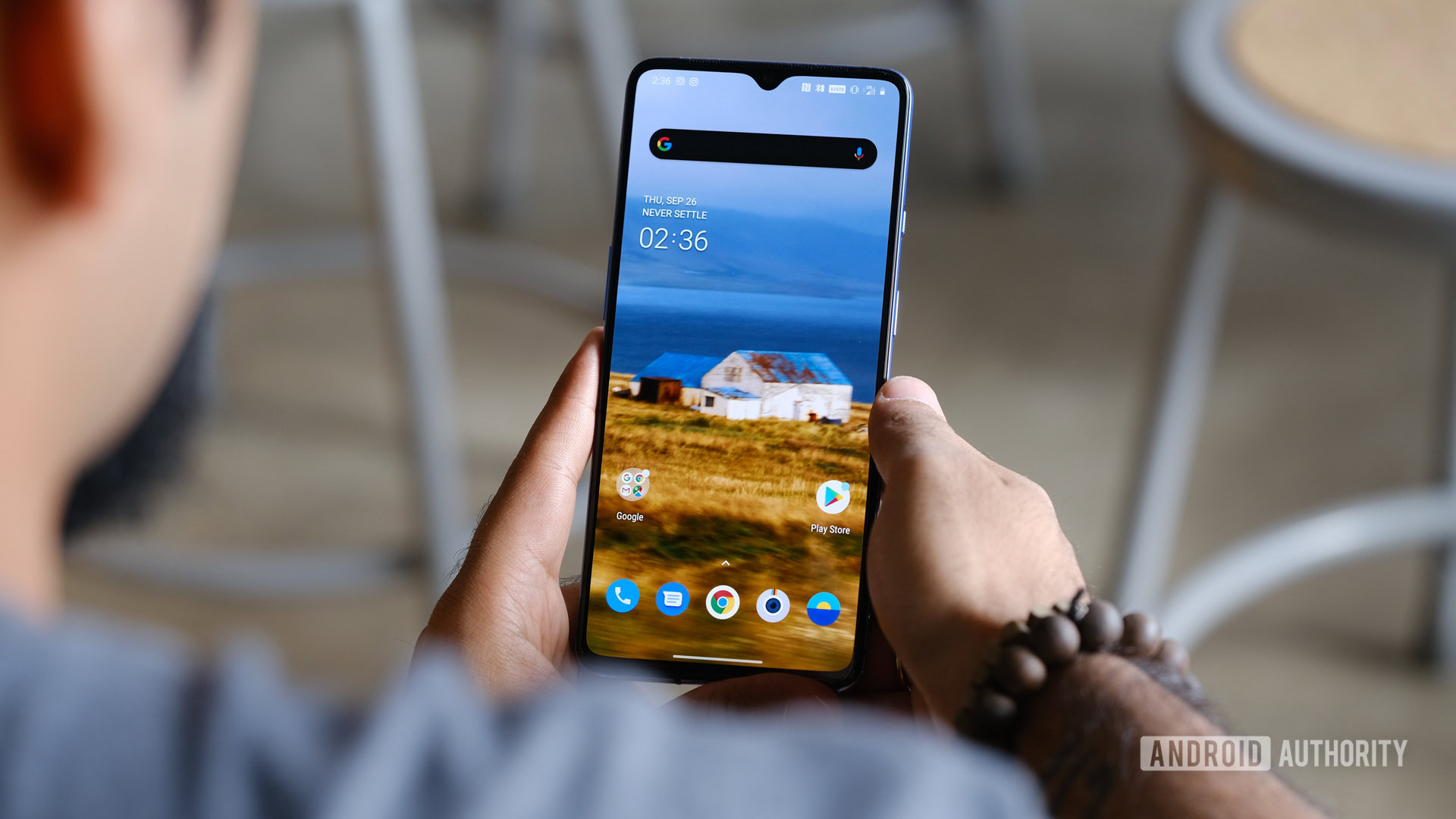
All five phones feature OLED displays of varying resolutions, though the resolution is never lower than Full HD+. The Pixel 4, Pixel 4 XL, and OnePlus 7T have an advantage in one key area: a 90Hz refresh rate. If you thought the Mate 30 Pro and Galaxy Note 10 Plus exhibited smooth UI navigation, wait until you use the other three phones.
In terms of size, the Pixel 4’s 5.7-inch display is the smallest of the bunch. The Pixel 4 XL’s 6.3-inch display is larger, but we wouldn’t call it cumbersome. Then we get to the OnePlus 7T’s 6.55-inch display. The 20:9 aspect ratio makes the phone more comfortable for one-hand use, but the tall display makes it hard to reach to certain UI elements near the top.
Also read: Best phones with edge displays: What are your options?
The Mate 30 Pro has a similarly-sized 6.53-inch display, but the shorter 18.5:9 aspect ratio makes reaching the corners a bit easier. Finally, the Galaxy Note 10 Plus’ 6.8-inch display is absolutely massive. You can throw any hope of proper one-handed use out of the window, though the software’s one-handed mode is useful in a pinch.
The OnePlus 7T, Mate 30 Pro, and Galaxy Note 10 Plus feature in-display fingerprint scanners. The Pixel 4 and Pixel 4 XL solely rely on secure facial recognition.
Processor, RAM, and storage
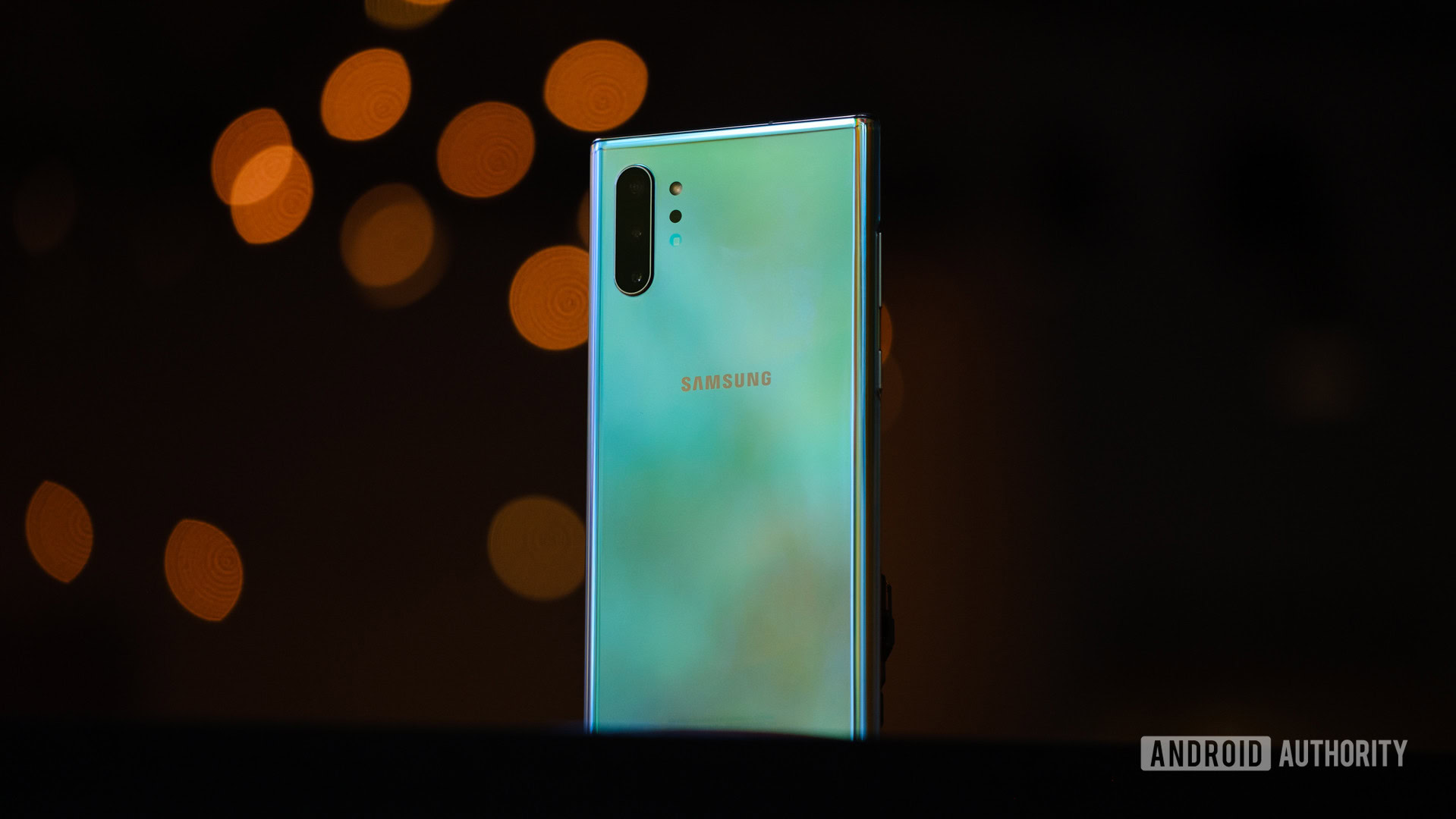
Google and Samsung’s flagships feature the Qualcomm Snapdragon 855. However, those living outside of the U.S. and China will see the Exynos 9825 processor for the Galaxy Note 10 Plus. These are two of the best processors available today, so you won’t be lacking for power.
The OnePlus 7T goes one step above with the Qualcomm Snapdragon 855 Plus. Compared to the Snapdragon 855, the Snapdragon 855 Plus features an overclocked CPU and GPU. The changes result in four- and 15-percent improvements in CPU and GPU performance, respectively.
Also read: Snapdragon 855 and 855 Plus vs Kirin 990: Which is the most powerful SoC?
As with Samsung, HUAWEI makes its own processors. That’s why the Mate 30 Pro features the HiSilicon Kirin 990 processor. In our testing, the processor was on-par with the Snapdragon 855. However, the Snapdragon 855 Plus pulled ahead of the two processors in most metrics.
Getting to the RAM and storage, the Pixel 4 and Pixel 4 XL feature 6GB of RAM and 64/128GB of storage. The OnePlus 7T features 8GB of RAM and 128GB of storage. You won’t find expandable storage on any of the three aforementioned phones.
The Mate 30 Pro features 8GB of RAM and 128/256GB of storage. You can get HUAWEI’s Nano Memory cards for additional storage, though they won’t be cheap. Finally, the Galaxy Note 10 Plus has 12GB of RAM and 256/512GB of storage. You can get a microSD card if you want more space.
Cameras
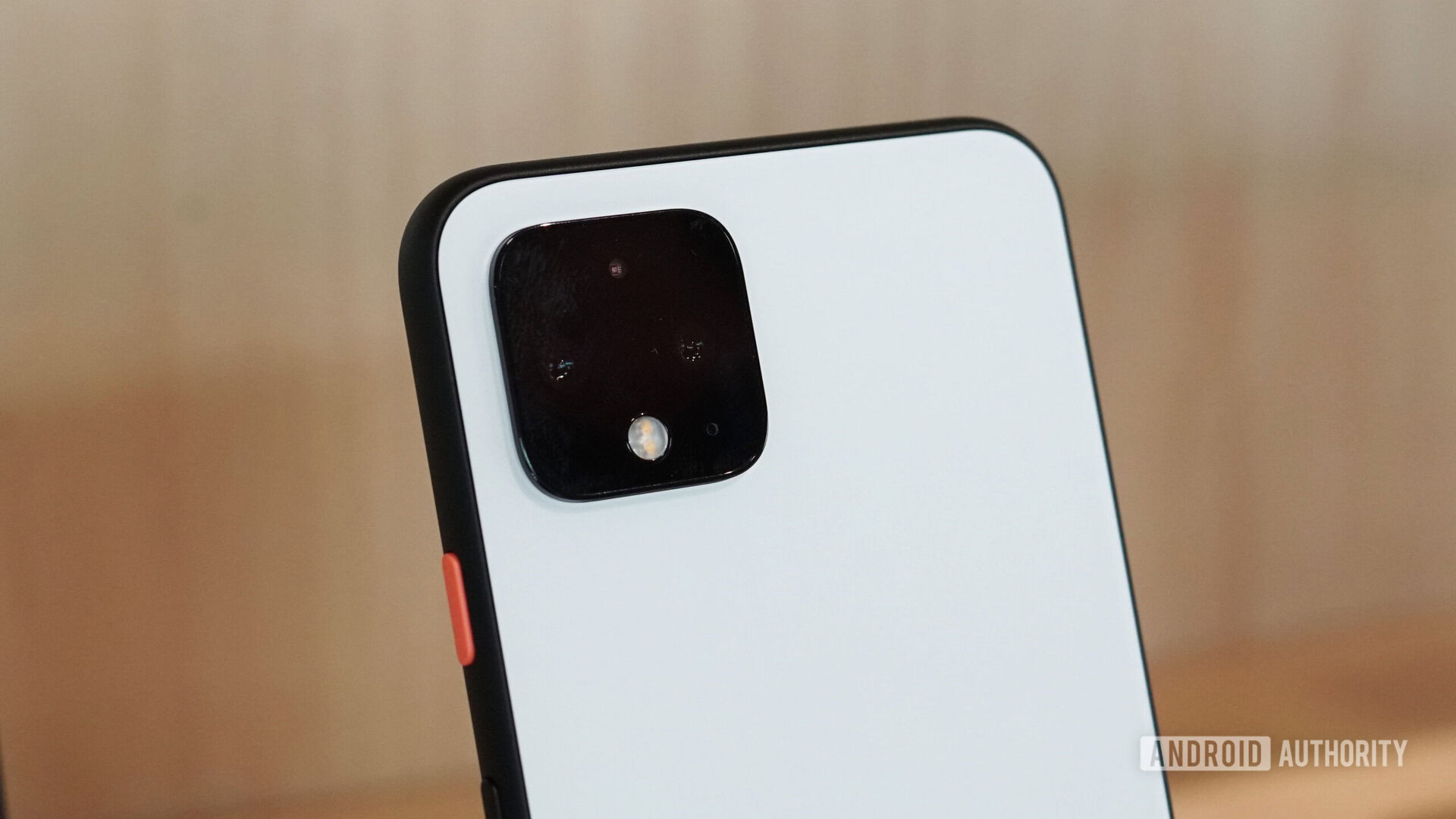
Previous Pixel phones set the standard for what smartphone photography should be. It’s up in the air whether the Pixel 4 and Pixel 4 XL will do the same, but at least there are now two rear cameras to use: 12MP primary and 16MP telephoto sensors. On the front are the 8MP and time-of-flight (ToF) sensors.
Fortunately, the other phones’ camera systems are a known quantity. The OnePlus 7T’s triple camera system comprises of 48MP primary, 16MP ultra-wide, and 12MP telephoto sensors. The phone also features a 16MP selfie camera. Daytime shots impressed us in our review, though color profiles drastically differ across the cameras.
Also read: Best Android camera phones
The Mate 30 Pro also has a triple camera system with 40MP primary, 40MP ultra-wide, and 8MP telephoto sensors. Up front is a 32MP sensor. Regardless of the lighting condition, the Mate 30 Pro takes great shots begging to be played around with. That means the camera software isn’t the most seamless or user-friendly, but the resulting images make the struggles worth it.
Finally, the Galaxy Note 10 Plus features 12MP primary, 16MP ultra-wide, and 12MP telephoto rear sensors. There’s also a fourth rear ToF sensor, as well as a 10MP selfie camera. Color profile across the three cameras mostly remain consistent and daytime images look great, though nighttime shots suffer a bit.
Battery
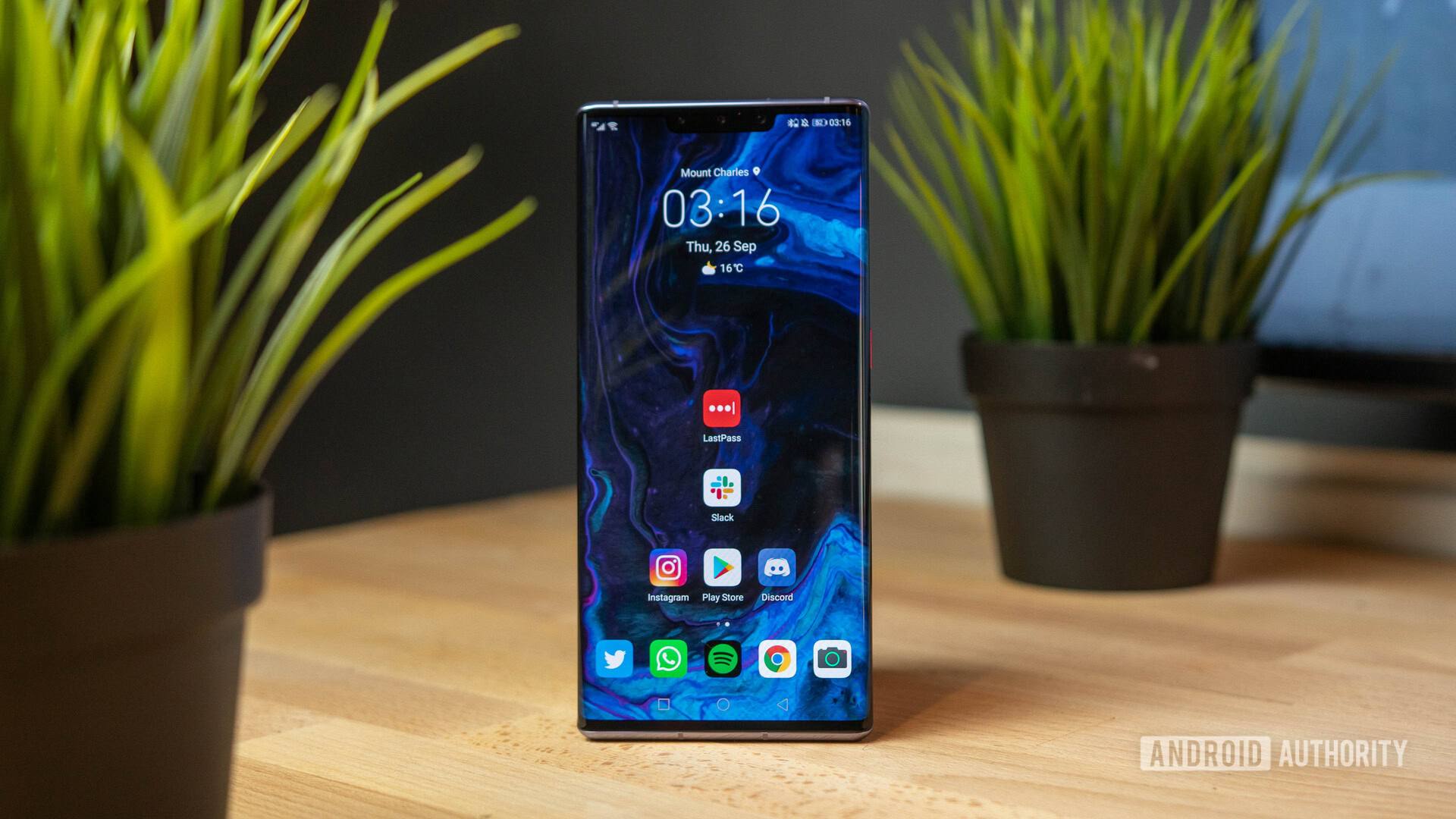
Strangely, Google outfitted the Pixel 4 with a small 2,800mAh battery. If you want the best battery life from the latest Pixel phones, your only choice is the Pixel 4 XL and its large 3,700mAh battery.
Even then, the Pixel phones feature smaller batteries than the competition. The OnePlus 7T features a slightly-larger 3,800mAh battery, while the Mate 30 Pro has an impressive 4,500mAh power pack. Finally the Galaxy Note 10 Plus sports a 4,200mAh battery.
Also read: The best Android smartphones with the best battery life
All five phones support fast wired charging, with Samsung’s flagship supporting a 45W fast wired charge. The OnePlus 7T is the only phone on this list without wireless charging, though the Warp Charge 30T fast wired charging nullifies some of that sting.
Software
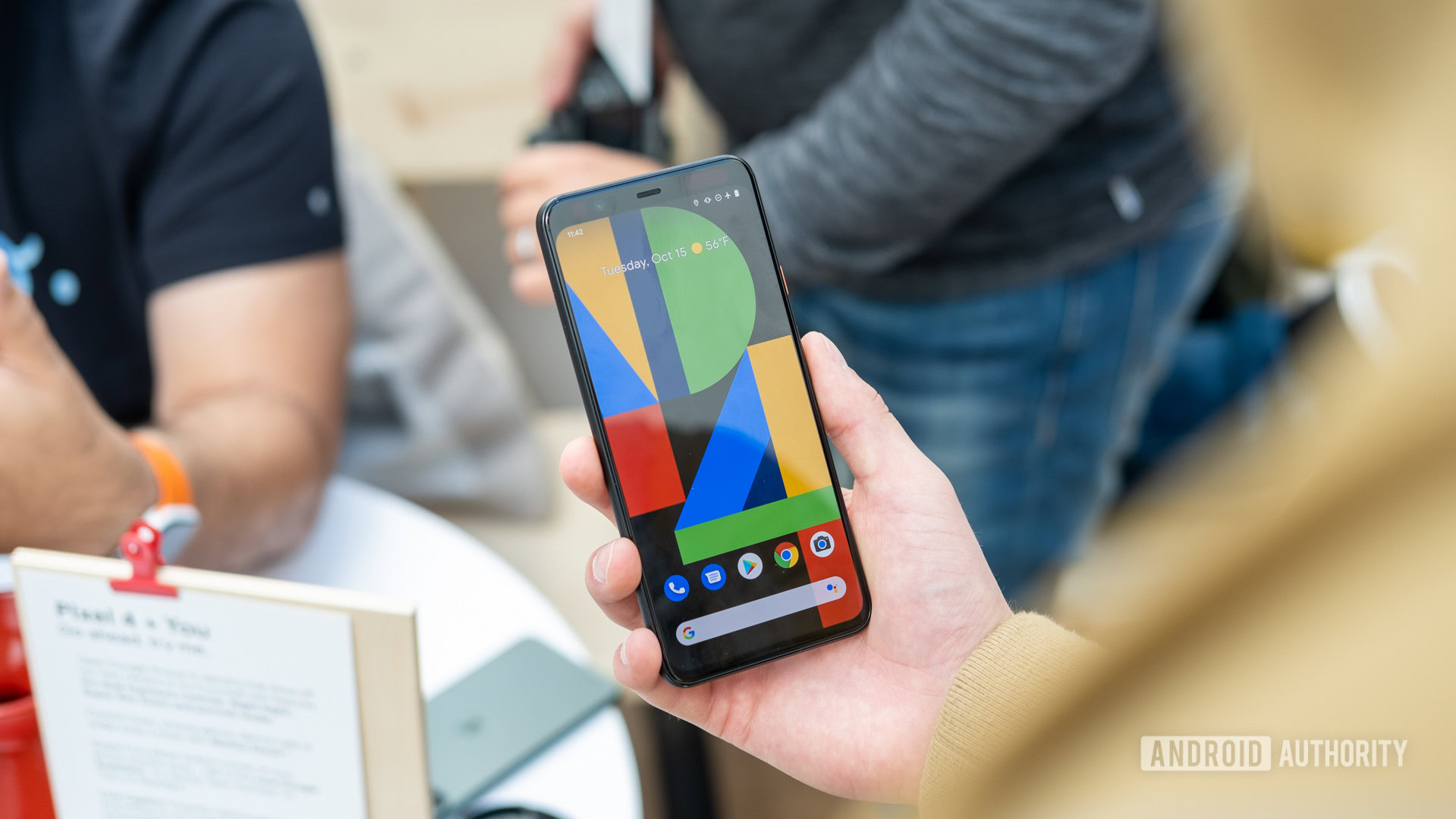
All five phones run a version of Android, with the Galaxy Note 10 Plus the only one not running the latest Android 10 update. Even then, all of the phones feature a software skin. Whereas the Pixel 4 and Pixel 4 XL runs Google’s version of Android 10, the OnePlus 7T is running OxygenOS 10. The Mate 30 Pro runs EMUI 10, arguably the heaviest software skin on this list. Finally, the Galaxy Note 10 Plus has Samsung’s One UI overlay.
The biggest question mark is with the Mate 30 Pro. The phone doesn’t have a single pre-installed Google app, including the Play Store. That means you’ll have to sideload all of the third-party apps you care about, with Google apps out of the question.
That was our spec comparison of the Google Pixel 4, Google Pixel 4 XL, OnePlus 7T, HUAWEI Mate 30 Pro, and Samsung Galaxy Note 10 Plus. Let us know in the comments below if you plan to buy any of these phones or your thoughts on how they compare with each other!